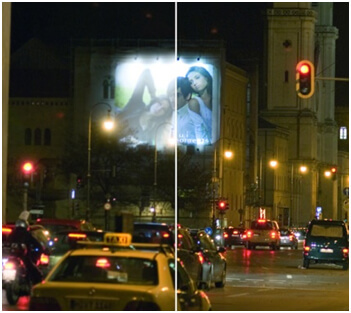Keratoconus is an eye disease affecting the cornea, usually attacking patients in their teens and 20s. It is a serious and vision distorting problem. Because Keratoconus is a progressive disease, getting an early diagnosis is critical.
We will explain what causes Keratoconus and the six signs of decreased vision that result.
Treatments are available if diagnosed early.
The Importance Of The Cornea
Our cornea is the clear front surface of the eye and it acts as a window to the retina. It works in conjunction with our crystalline lens to focus images and light onto the retina for good vision. Even a simple scratch on the cornea can affect our vision.
How well we see is dependent on the shape of our cornea. Normally it is round in shape. We wear glasses and contacts to treat minor refractive errors due to where the light focuses on the retina. Unless light focuses directly on the retina, our vision is not clear.
Keratoconus patient have corneal tissue that is thinned and is weakened over time. This results in a conical-shaped cornea or an eye bulge, thereby distorting all images.

How Vision Is Affected By Keratoconus?
The six signs of decreased vision from Keratoconus should not be ignored. Sometimes these signs can be mistaken for other less serious vision issues, but you should take all precautions and see an experienced corneal specialist. If Keratoconus is diagnosed at an early stage, there are a number of new treatments available.
Because the cornea is weakened, misshapen or irregularly shaped, vision is affected in a number of ways. Here are the six signs of decreased vision from Keratoconus.
- Blurred and distorted vision is common. With the irregular shape of the cornea and its progressive thinning, vision is always blurry.
- Progressive nearsightedness is an early sign of Keratoconus.
- Patients will develop irregular astigmatism. The irregular shape of the cornea makes it difficult to treat the patient with glasses, and contact lenses are extremely difficult to fit. Right gas permeable lenses are usually necessary.
- Patients with Keratoconus will require many changes to their eye prescriptions.
- Light Sensitivity is common.
- Glare is a common sign of Keratoconus.
Due to the fact that some of these signs can mimic other eye issues, don’t wait to have a comprehensive eye exam, especially if you are experiencing more than one.
Keratoconus starts early in life and can lead to decreased vision for years to come. With several new breakthroughs in treating Keratoconus, the outlook for patients is encouraging. It’s essential that you find an experienced eye professional like Dr. Lisa Marten.
Visit South Texas Eye Institute if you or someone you know has any of these signs of decreased vision.
http://www.allaboutvision.com/conditions/keratoconus.htm
http://www.mayoclinic.org/diseases-conditions/keratoconus/symptoms-causes/dxc-20180374

